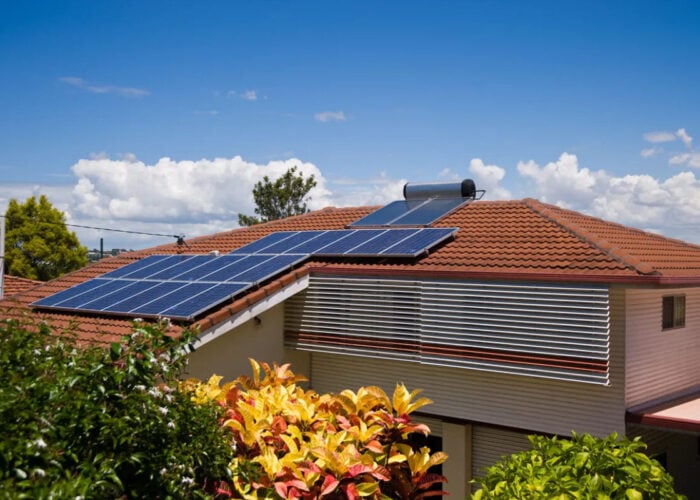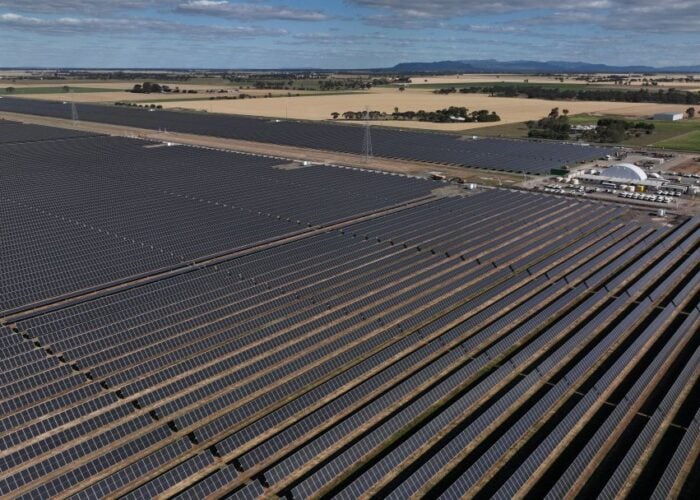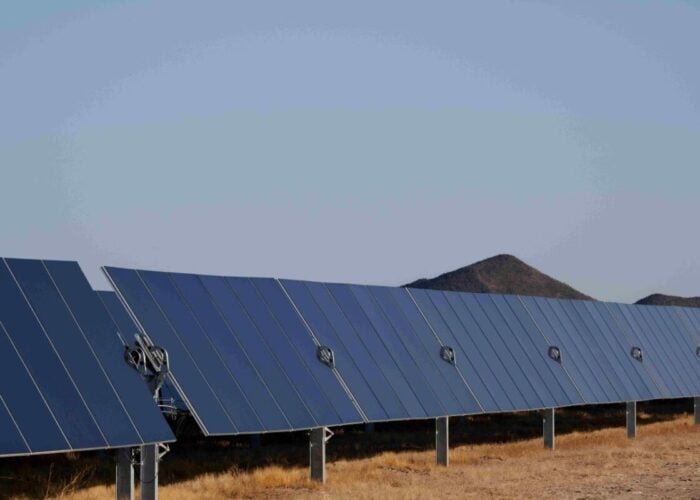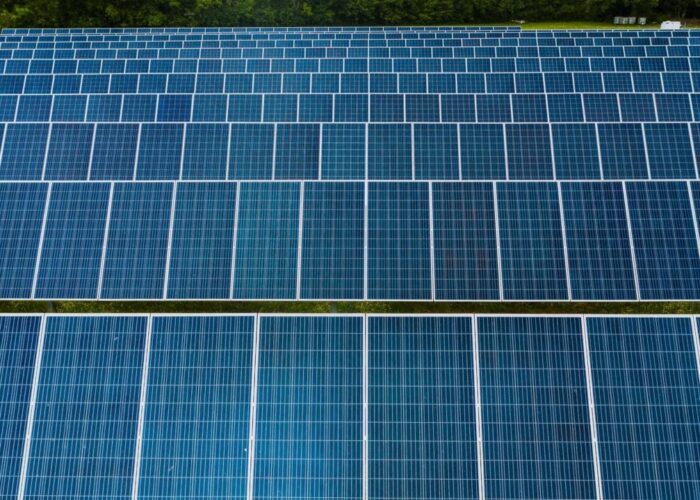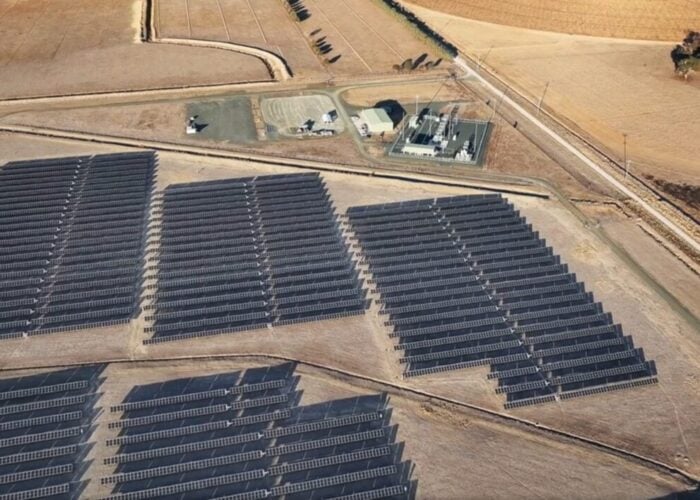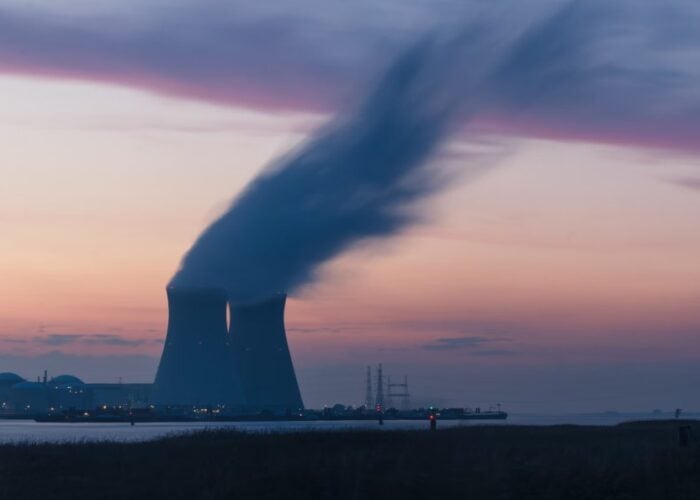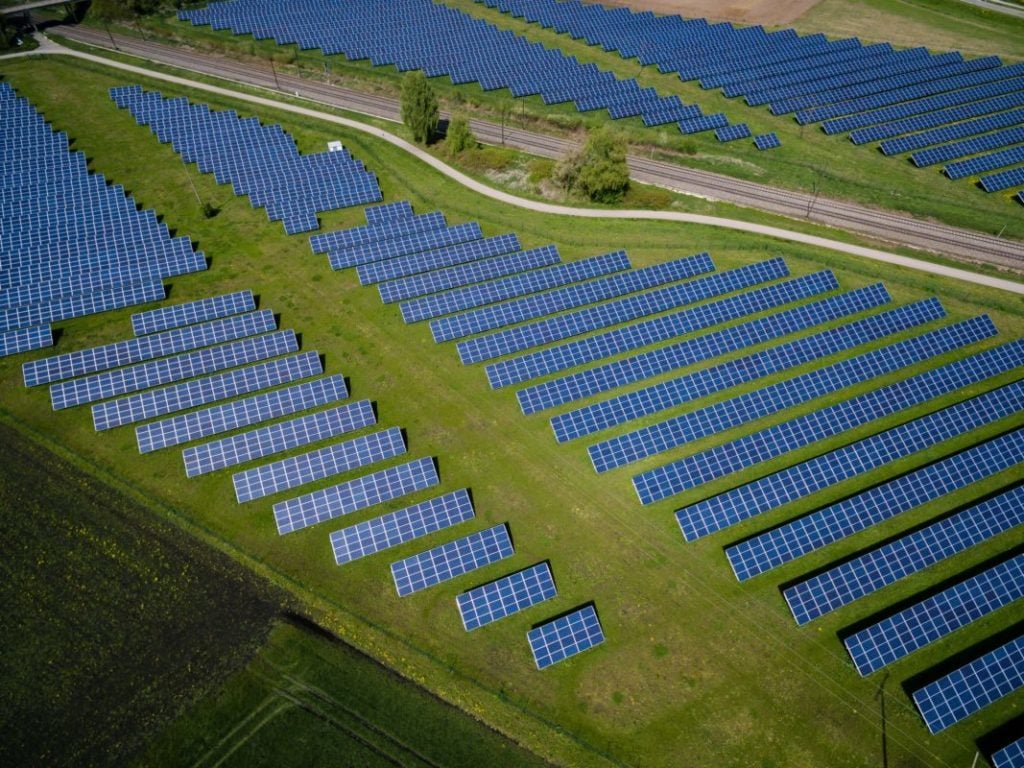
Installed solar and wind capacity is set to treble from now until 2030, and treble again between 2030 and 2050 to reach 31TW, according to BloombergNEF (BNEF).
In its latest report, New Energy Outlook 2024, BNEF estimates this is the solar and wind capacity required globally for these technologies by the middle of the century in its Net Zero Scenario, which would be compliant with the Paris Agreement.
Try Premium for just $1
- Full premium access for the first month at only $1
- Converts to an annual rate after 30 days unless cancelled
- Cancel anytime during the trial period
Premium Benefits
- Expert industry analysis and interviews
- Digital access to PV Tech Power journal
- Exclusive event discounts
Or get the full Premium subscription right away
Or continue reading this article for free
Renewables deployment would require trebling installed capacity to 11TW by 2030, in line with the pledge signed last year during COP28 in Dubai. This would be followed by doubling the installed renewables capacity in 2040.
The report also outlines another scenario – called Economic Transition Scenario (ETS), based on policymakers relying on historical efficiency trends – which expects solar and wind installed capacity to be half the Net Zero Scenario by 2050 with nearly 16TW of capacity.
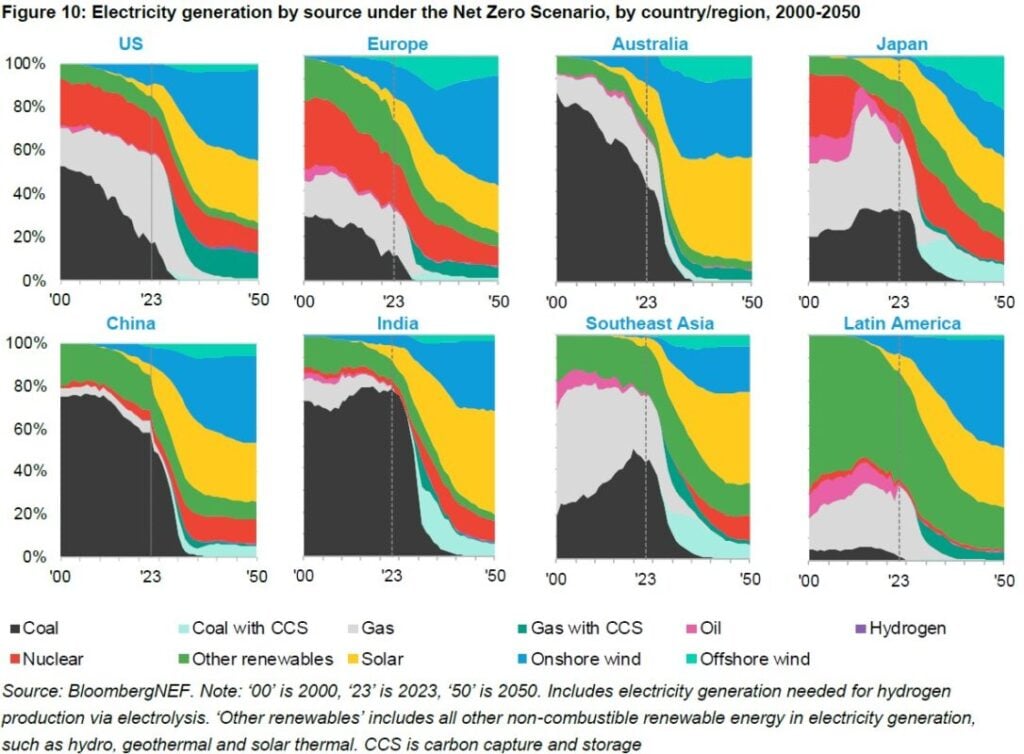
Several regions, as shown in the chart above, will see solar PV contributing the most to electricity generation, as is the case in Australia or India, with others having solar as one of the main contributing technologies.
Land scarcity
Deploying such a vast amount of renewable capacity, particularly onshore wind and solar PV, could cause some land constraints in Japan, South Korea and Vietnam. Globally, the land requirement for both technologies by 2050 would be 15 times higher – with 2.9 million square kilometres – than what was being used in 2023.
Another issue related to land requirements will be the increase of agricultural land to meet the increased food demand and find a balance between food and energy demand.
System flexibility
Despite the importance of solar PV and wind capacity, the report states that these two cannot work without enough system flexibility. Batteries and smart electric vehicle charging are expected to bring the most substantial source of flexibility with 12% of overall demand between the two.
BNEF expects installed battery storage capacity to reach 4TW by 2050, a 50-fold increase from the levels of 2023.
One ongoing challenge that is universal relates to grid capacity, which is expected to double its size from today’s levels to 111 million km in length by 2050.
Moreover, regarding green hydrogen, a quarter of the 31TW installed solar and wind capacity would be required to power the close to 3.8TW of electrolyser capacity expected to be operational by 2050.

